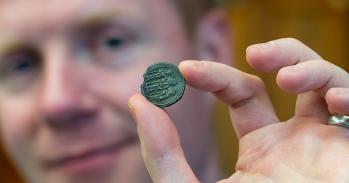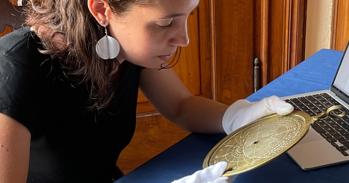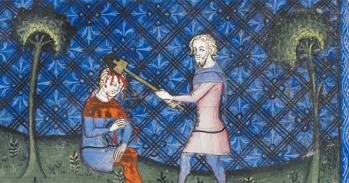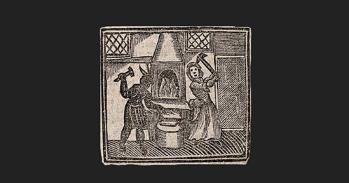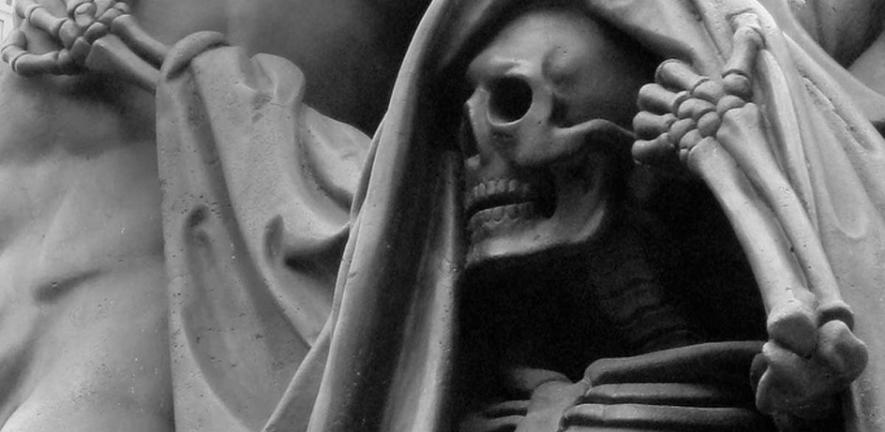
Tracing popular beliefs from medieval to early modern times is highlighting the durability of debates about the dead.
Tracing popular beliefs from medieval to early modern times is highlighting the durability of debates about the dead.
Folk stories were lovingly accumulated by collectors from the second half of the 17th century onwards, and the reactions of these learned observers can be as telling as the tales they set down.
It has become something of a newspaper commonplace that men and women of the modern West share an unusual aversion to death. Where once it was subject to intimate ritual among neighbours, and kin gathered around the domestic deathbed, it is now hidden, hospitalised and a ‘modern taboo’. Even less has been said about the dead themselves and their changing place in the imagination. Yet, as medieval historian Dr Carl Watkins is finding, an exploration of cultural change in attitudes to death over a long span provides a fascinating means of understanding how ordinary people relate to the dead and conceive of their fate.
Dr Watkins’ research requires consideration of obvious otherworldly places – heaven, hell, the cleansing fires of purgatory, the idea of judgement at the end of time – but also the less travelled byways. How have people related to their ancestors? How have they imagined the ancient dead whose traces (from saints’ bones to megalithic monuments) lie in their midst? Through tracing attitudes from the middle ages to the dawn of modernity, recorded in parish records and church archives, the research is showing that debates about the dead and patterns of thinking about their place have proved durable down the centuries.
Defining purgatory
One recurring theme is the fate of those deemed too sin-stained for immediate transit to heaven but not wicked enough for hell. The perennial problem posed by this spiritual ‘middling sort’ was solved by the medieval church when it gave purgatory sharp definition as the place where traces of sin might be cleansed in fire before the soul entered paradise.
Although, in the mid-16th century, Protestant reformers abolished purgatory as unscriptural, niggling questions remained about the fate of the majority. Could they really be consigned to hell’s fires? Still queasy about this, some Victorian churchmen reinvented the concept: worried by a loving God who still sent some into eternal fires, they ‘emptied’ hell entirely by arguing that universal salvation was possible. This even led the former Prime Minister William Gladstone to fear an epidemic of social disorder if the deterrent of hell was, in effect, abolished.
But did the saved not become complacent about their blissful condition? From indications in the New Testament that the saved and damned might see each other’s fate, an idea was spun out in lurid medieval visions in which the elect were briefly shown hell to redouble their own joys. Even as late as the 19th century, preachers were still drawing on the same idea, although modified for refined Victorian sensibilities: smoke from hell’s fires would waft discreetly through heaven to remind its inhabitants of their blessed estate.
Back from the dead
Popular beliefs about ghosts are perhaps the most tenacious aspects of ‘death culture’. Of course, deciphering these beliefs entails taking folklore seriously as a historical source. Folk stories were lovingly accumulated by collectors from the second half of the 17th century onwards, and the reactions of these learned observers can be as telling as the tales they set down. Although usually sceptical and detached, they sometimes slip in autobiographical comment on their own hopes and fears about death and the dead, and sometimes betray how stories in which they are immersed then infiltrated and shaped their own beliefs.
What this research is beginning to suggest is that many beliefs about the dead and debates about their fate were perennial ones, transcending some of the great cultural and religious changes wrought in the medieval and early modern worlds.
For more information, please contact the author Dr Carl Watkins (csw14@cam.ac.uk) at the Faculty of History.
This work is licensed under a Creative Commons Licence. If you use this content on your site please link back to this page.


